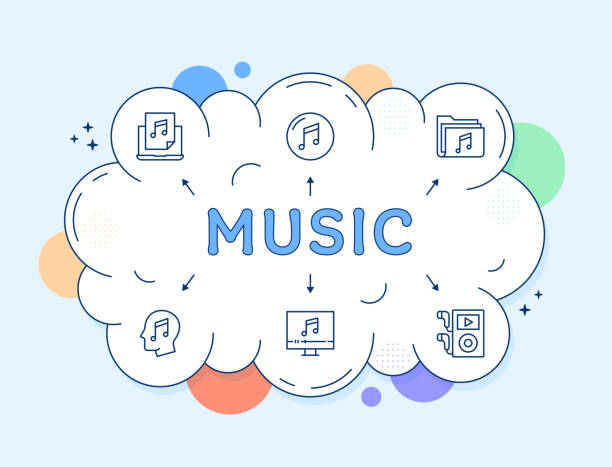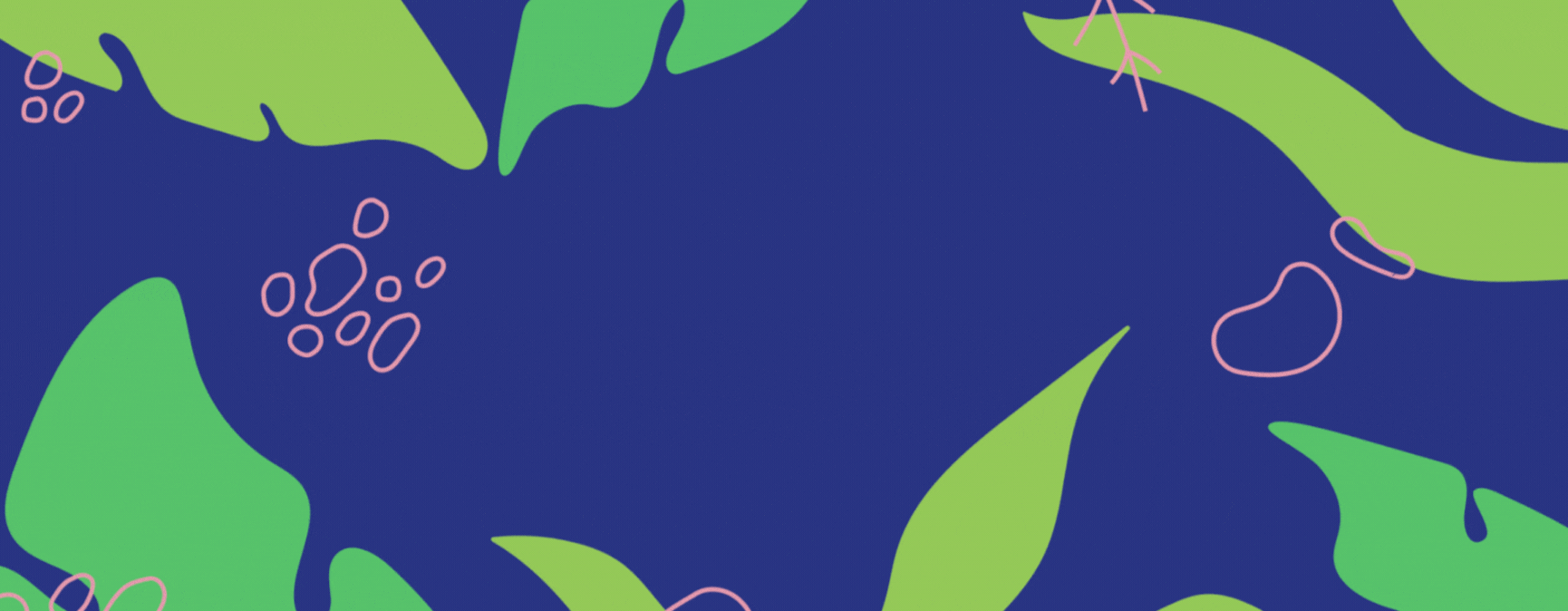Sync licensing (short for “synchronisation licensing”) is one of the most exciting and financially rewarding opportunities for independent artists today.

It allows musicians to earn money and gain exposure by having their songs placed in films, TV shows, adverts, video games and online content. But what exactly is sync licensing, and how can indie artists take advantage of it?
What is sync licensing?
Sync licensing is the process of giving someone permission to use your music in combination with visual media—like a Netflix series, a YouTube video, or a mobile game trailer. When your song is synced to moving images, the company using your music must pay a licensing fee. You’ll also earn performance royalties when the media is broadcast or streamed.
Sync licensing can be incredibly valuable, not just for the payout, but for the exposure. A single placement in a well-known show or viral advert can bring thousands of new listeners to your music.
Why is it good for indie artists?
Big artists often dominate radio, but when it comes to sync licensing, music supervisors are frequently looking for undiscovered, affordable and original sounds. Independent musicians can:
- Offer lower licensing fees
- Be more flexible with rights and usage
- Provide unique music that fits specific moods or scenes
Many music supervisors actively seek out indie music because they want something fresh—and they know indie artists are more accessible than major label acts.
What types of projects use sync music?
- Films and TV shows
- Adverts and branded content
- YouTube, TikTok and online videos
- Video games and trailers
- Podcasts and documentaries
- Corporate presentations and training videos
Each of these placements typically requires a sync licence and may also involve backend royalties, depending on where and how it’s shown.
How do you get your music placed?
Here are a few ways indie artists can access sync licensing opportunities:
1. Music libraries and sync agencies
These companies pitch your music to supervisors and handle licensing on your behalf. Examples include:
- Musicbed
- Artlist
- Audio Network
- Songtradr
- Epidemic Sound (usually exclusive deals)
Some libraries are non-exclusive, meaning you can work with several at once. Others are exclusive, so read the terms carefully.
2. Direct pitching to music supervisors
Research music supervisors for shows or ads that match your style, and send a professional email with a link to your music, including:
- High-quality MP3 or WAV
- Metadata with your contact info
- Instrumental versions (very important)
- Lyrics and ownership details
Don’t spam—personalise each message and only send relevant songs.
3. Join a performing rights organisation (PRO)
In the UK, this would be PRS for Music and PPL. These organisations collect royalties when your music is broadcast or streamed after a sync placement.
What makes a song sync-friendly?
Sync-friendly songs usually:
- Have clear moods or emotional impact
- Avoid complex or distracting lyrics
- Are well-produced and ready for broadcast
- Have instrumental versions available
- Are 100% owned by you or clearly split with known collaborators
Being easy to license makes you more attractive to buyers.
Sync licensing is one of the best ways for indie artists to grow their careers, earn passive income, and build a wider audience—all without needing to top the charts. With the right approach, your song could be the next soundtrack to someone’s favourite show, a viral video, or a global advert. If you’re making great music, sync could be your next big break.



